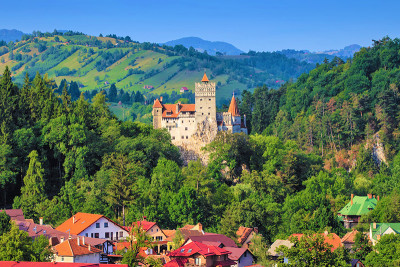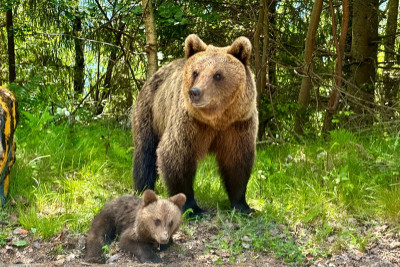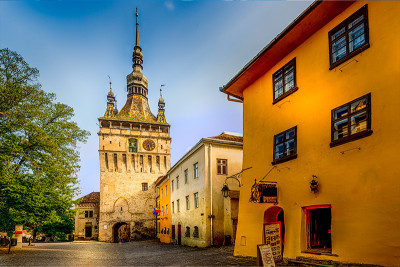Romania literally has thousands of years of history, so even though there are not any famous super heroes is Romanian history, there are quite a few famous heroes that have stood the test of time. Read below to learn about one of Romania’s most legendary figures.
The Daughter Of Decebal

Baba Dochia is sometimes also known as the Old Dokia, and there is not a Romanian out there who had not heard of this legend, so read below!
There are acutally many versions of the story of Dochia, so here is the first version: Dochia is believed to be the daughter of Decebal, a famous Dacian King (the Dacians are the ancient inhabitants of present-day Romania).
The story goes that, when the Romans defeats the Dacians in 106 A.D., the Dacians fled to the Carpathian Mountains, where the forests are dense and they could easily hide. Defeated, Decebal could not fathom having to face the Roman victors. He opted to commit suicide, leaving his daughter Dochia to fend for herself.
Dochia was astonishingly beautiful, and the Roman Emperor Traian was enchanted. He ordered his soldiers to capture her. Similar to her father, Dochia could not imagine being captured by the enemy. Even though she knew she would live, she could never be happy as Traian’s wife. So she ran to the top of a cliff and threw herself off. You can visit the spot where she lived her last breath: Ceahlau Peak.
The Mother Of Dragobete
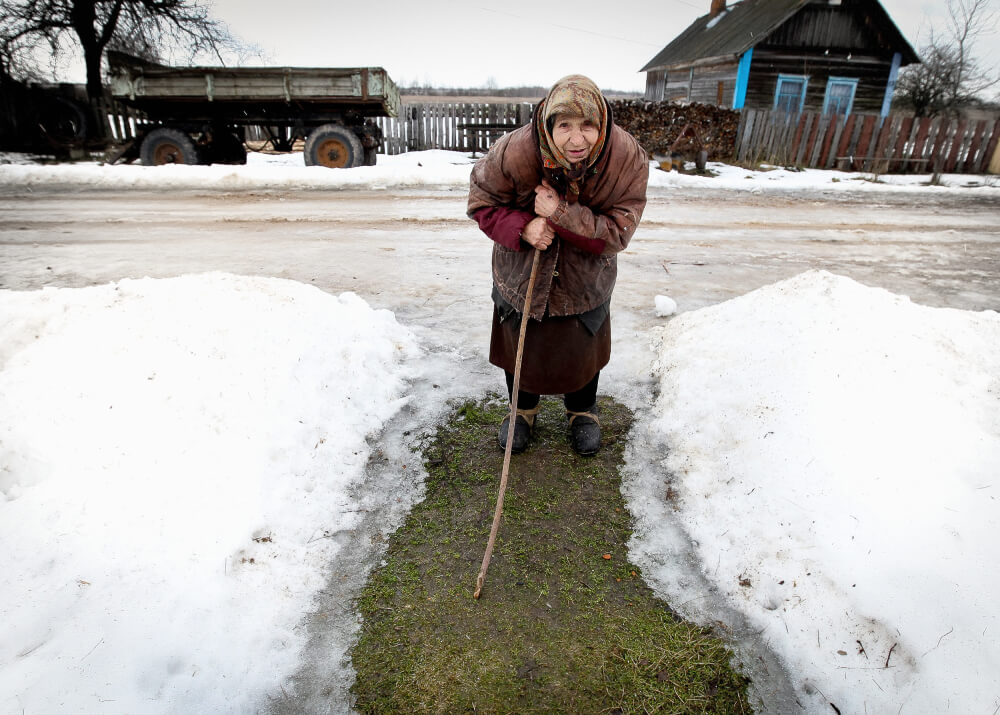
Another common version of the story of Dochia involves her living to an old age. She had a son named Dragobete who was very good and handsome. He quickly fell in love with a girl and got married immediately. When he told Dochia, she was furious and decided that she would teach a lesson to her new daughter-in-law.
She decided to give a black ball of wool to the young girl and told her to wash the ball until it became white. The young girl agreed, and washed and washed until her hands were raw from the effort. She began crying, realizing that this was going to be impossible. She prayed for a miracle, for her love for Dragobete was sincere.
The young girl then went to the frozen waters of the river, hoping that this would do a better job of washing out the black from the wool. Her hands started to bleed, but the wool still was not a shade lighter. The girl was desperate, and suddenly felt that she would never achieve the task her mother-in-law required.
Just when she had lost all hope, a man came up to her, seemingly out of nowhere. He walked up to her and offered her a beautiful red flower. He told her that if she put the red flower in the water then tried to wash the ball of wool again, it would turn white. She did as she was instructed and, miraculously, it worked!
The girl felt like her prayers had been answered, so she ran home to show her mother-in-law the white wool. Dochia was not happy – no surprise there! But when Dochia saw the red flower the girl was holding, she thought spring was already here. Dochia thought that it was time to bring her sheep to the top of the mountain, so she prepared herself.
She put on 12 coats to deal with the cold and herded her sheep to the top. As they made the voyage upward, however, it got warmer and warmer. Each day, Dochia has to shed a coat until the twelfth day she had no coats left, just her blouse. However, it was still winter and one night a cold wind blew in.
The wind froze Dochia and all her sheep, turning them into stone. And this is not just a myth – you can travel up to the Bucegi Mountains and see the stones there – you will see the form of Dochia and all her sheep.
There are still more versions of the story of Dochia, but outlined above are the two most popular. And although there are more versions of this story, most versions involve a couple of key elements. First, Dochia is often associated with the Spring or with the coming of the Spring.
In fact, there is a holiday to celebrate Baba Dochia, known as Baba Dochia’s Day. Her holiday is March 1st, but it lasts through March 9th, symbolizing nine days of her trekking up the mountain (even though her story says that she had 12 coats, the holiday lasts nine days).
Second, the stories of Baba Dochia often involve Bucegi Mountain and/or Ceahlau Peak. This is significant because these two mountain tops are believed to be sacred places for the Dacians and are often compared to Athos or Olympus. Third, stories about Baba Dochia also often involve battles between the Dacians and the Romans. This is significant because these battles show a turning point for the Romanian nation, a point in time that shaped history for Romania.
After all, it is because of the Romans that Romania received its name. And it is the blend of the Romans and the Dacians that created the Romanian people that are alive today. A final element of stories of Baba Dochia is that they often involve other mythological characters or other Romanian heroes.
The first story we mentioned here was Decebal; although, at the end of the day, he was defeated, he is still an important figure in Romanian history. In the second story, you learned about Dragobete. Just like Dochia, Dragobete has a holiday of his own. His day is celebrated February 24th and is the Romanian day of love.
Again, there are many different stories of Baba Dochia, so if you plan on traveling to Romania anytime soon, you can ask some of the locals to hear their versions of the story! We hope that you enjoyed this story and that this inspires you to read more about Romania’s classic myths and legends!
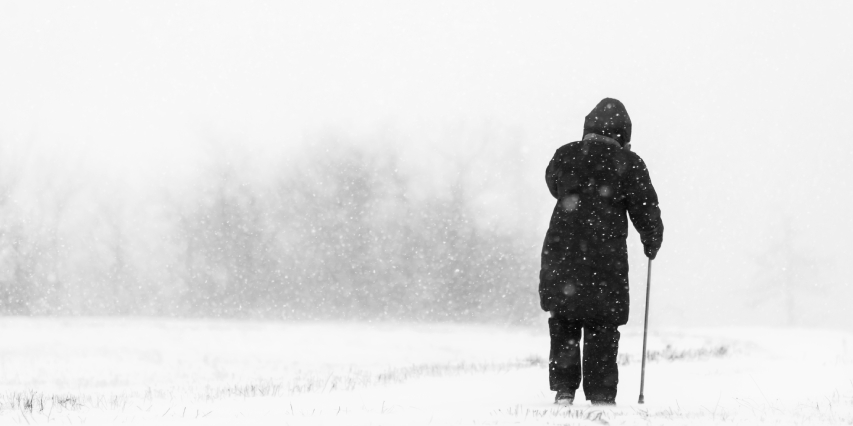
 ES
ES
 IT
IT
 DE
DE
 FR
FR
